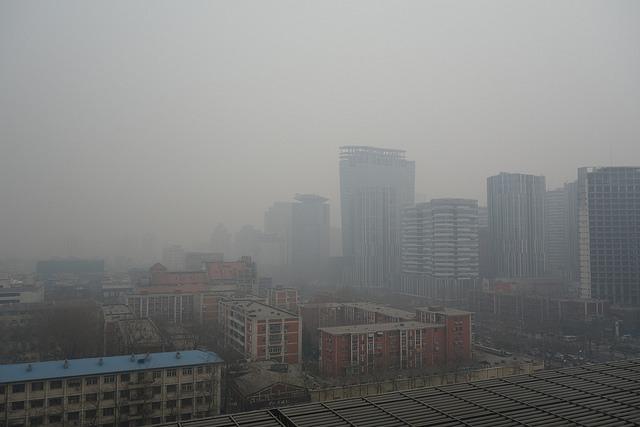
As the supply chains of multinational companies become more complex, so does the potential for increased carbon emissions as more products incorporate more parts and materials from across the globe. And as companies become more desperate to shave costs, more goods are produced in countries where environmental regulations tend to be weaker than in wealthier nations.
Nevertheless, evidence suggests that a more sustainable and efficient supply chain can mitigate a company's impact on the environment, while scoring the buy-in of the chief financial officer.
As CDP noted in a recent report, the efforts of its 89 supply chain members reduced carbon emissions by at least 434 million tons last year.
But this metric will really attract the CFO's attention: In 2016 alone, emissions cuts netted a combined $12.4 billion in cost savings for those firms, which include the likes of Unilever, Microsoft, Ford and Walmart.
Only half of the companies surveyed for this report revealed cost savings – but those that did claimed huge gains. And while it may at first appear cliché, a large part of these savings come from engagement, engagement, engagement.
For example, the global semiconductor giant Intel took a carrot-and-stick approach to gaining disclosures from its suppliers. First, CDP reporting expectations were integrated into the company’s supplier scorecards. Next, participation in Intel’s surveys was required for vendors to be eligible for the company’s supplier awards. Finally, Intel provided its suppliers with training and regular communications updates so these smaller firms would know what to do and how to go about making the necessary changes.
Not that such a feat is easy. The automaker BMW Group, for example, has at least 13,000 suppliers spread across 70 nations. So BMW began by incorporating CDP disclosures into annual supplier performance reviews for its 100 largest vendors. The company first set annual internal targets, then key performance indicators (KPIs) that include transparency goals as well as carbon emissions targets. Sixty-nine percent of the company’s annual spend is now accounted for by CDP-related disclosures.
According to CDP, 83 percent of its supply chain members’ cost savings can be attributed to four general types of programs. Over a third of these companies’ total cost savings comes from better product design. Waste diversion and recovery accounts for 28 percent of these total savings. Efficient transportation and energy efficiency processes round out the largest money savers for these companies.
The diverse industries represented in this report shows that for any company with a large global presence, designing better products and using resources more efficiently can only add to the bottom line. And at a time when many governments indicate they may back off from pledges made at the COP21 climate talks in Paris, the private sector can show that it can step up and lead the way toward a low-carbon economy.
More improvement on this front is needed, however.
As Patricia Espinosa, executive secretary of the United Nations Framework Convention on Climate Change (UNFCCC), wrote in the report’s forward: “Only 22 percent of supplier organizations that responded to the 2016 CDP Supply Chain information request actively engage with their suppliers. It is not enough.”
Image credit: Kentaro Iemoto/Flickr

Leon Kaye has written for 3p since 2010 and become executive editor in 2018. His previous work includes writing for the Guardian as well as other online and print publications. In addition, he's worked in sales executive roles within technology and financial research companies, as well as for a public relations firm, for which he consulted with one of the globe’s leading sustainability initiatives. Currently living in Central California, he’s traveled to 70-plus countries and has lived and worked in South Korea, the United Arab Emirates and Uruguay.
Leon’s an alum of Fresno State, the University of Maryland, Baltimore County and the University of Southern California's Marshall Business School. He enjoys traveling abroad as well as exploring California’s Central Coast and the Sierra Nevadas.














